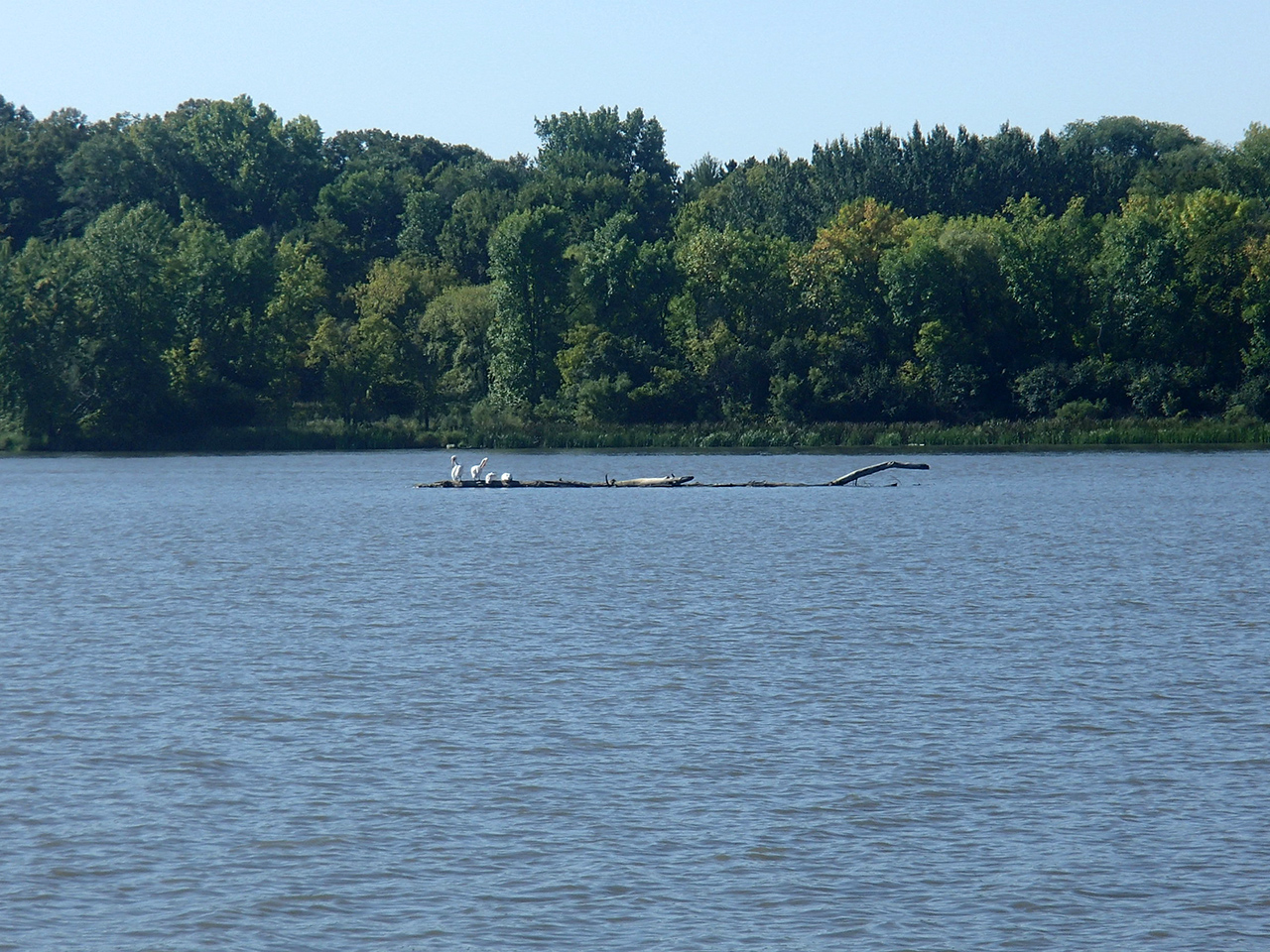How the Clean Water Fund fared this session
Minnesota voters created the special fund to protect our creeks, wetlands, lakes and rivers — and all the wildlife and people who depend upon them.
Following the regular session, legislators adopted SF 3 (Omnibus Legacy Bill) during the special session on Friday, May 24th.
The bipartisan bill allocates $261.26 million from the Clean Water Fund, and was passed by wide margins in both the House (103-23) and Senate (64-2).
Here’s what was included in the final version.
First… a little background on the Clean Water Fund
In 2008, Minnesota voters approved the Clean Water, Land and Legacy Amendment to our state constitution, providing a 3/8th of 1 percent sales tax increase dedicated to water quality, land conservation, parks and trails and the arts. The Clean Water Fund is one of four Legacy-backed funds and receives 33% of all receipts.
The state's 28-member Clean Water Council makes recommendations to spend or appropriate the Clean Water Fund, though final allocations must be made by the Legislature and signed by the governor. For this biennium, the council recommended $262 million in investments.
As we noted earlier this session, the House and Senate each departed from the Council’s recommendations when crafting their own Clean Water Fund bills, with significant implications for programs important to the health of the Mississippi River.
Resolving conflicts between the “big three” items
As we noted in several recent posts, at the heart of the Clean Water Fund debate were three competing items:
- Forever Green: This innovative crop development program was FMR’s top priority this session. FMR and our allies advocated strongly that full funding ($10 million) for Forever Green come from the state’s general fund budget (through the Omnibus Agriculture Finance Bill). However, once that bill advanced with no Forever Green money, we supported full funding for Forever Green in the Clean Water Fund, by reallocatimg “extra” CREP money (see below).
- Conservation Reserve Enhancement Program (CREP): This important land conservation program has traditionally been funded through bonding. However, the Clean Water Council recommended $20 million in Clean Water Fund money for CREP, as did the Senate. The House recommended far less, in part because administrative delays at the federal level mean CREP funds are unlikely to be used this year.
- Soil & Water Conservation Districts (SWCDs): While funding for these local conservation providers is important, state funding for local governments has traditionally been from the general fund. The House didn’t include SCWD money in their Clean Water Fund bill (over concerns as to whether it’s an appropriate use of Legacy dollars) but did propose general fund money (through the Omnibus Environment Finance Bill). Conversely, the Senate Senate environment bill did not include any SWCD money, as they recommended $24 million for SWCDs from the Clean Water Fund.
The final compromise
In the end, SWCDs received their full request of $24 million for the biennium. CREP received $17.25 million. Forever Green received $4.3 million of the $10 million requested.
We're disappointed this voter-approved dedicated fund was tapped to pay for SWCDs and CREP — two large funding initiatives typically funded through other means. However, the final budget recommendations do include a variety of important efforts, including;
- $32 million for surface water and drinking water protection grants
- $26 million for local watershed grants
- $16.3 million in river and lake monitoring and assessment
- $6.75 million for country aquatic invasive species control
- $5 million for shoreland buffer compliance
- $4.3 million for Forever Green
- $4 million for BWSR’s Targeted Wellhead/Drinking Water Protection work. instead of
- $3.4 million for the drinking water contaminants of emerging concern program
- $2 million for pesticide testing in private wells
- $500,000 for the state’s proposed chloride (salt) pollution reduction program
We are grateful for the hard work of legislators from both parties in helping craft a final compromise Clean Water Fund bill. While imperfect, the bill will continue Minnesota’s strong history of investing in clean water.
Become a River Guardian
Sign up to become a River Guardian and we'll let you know when important river issues arise. Our emails make it quick and easy to contact decision-makers and make your voice heard. River Guardians are also invited to special events, including happy hours (like this one May 28, 2019), where you can learn more about important legislative and metro river corridor issues.
